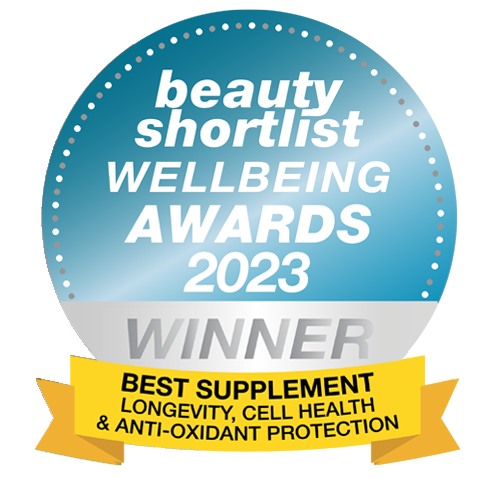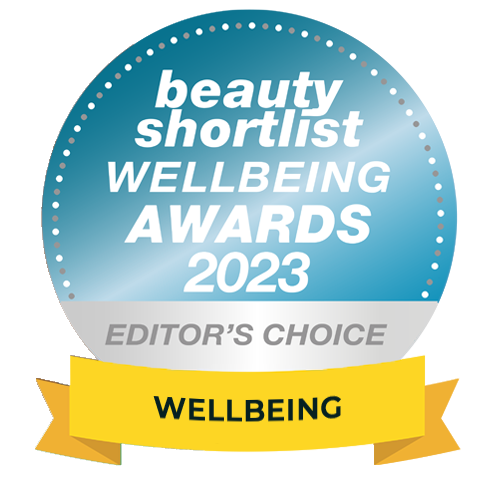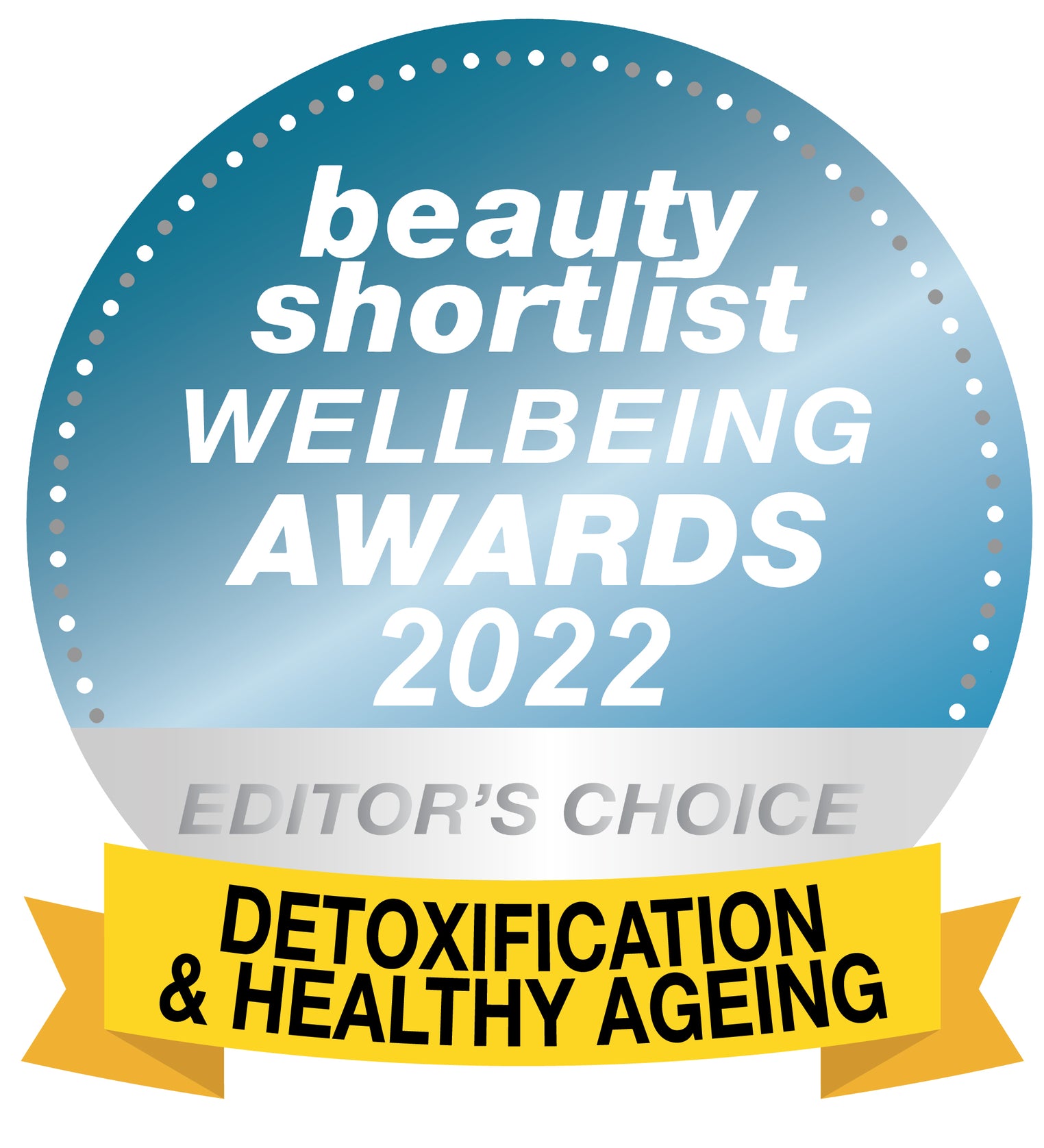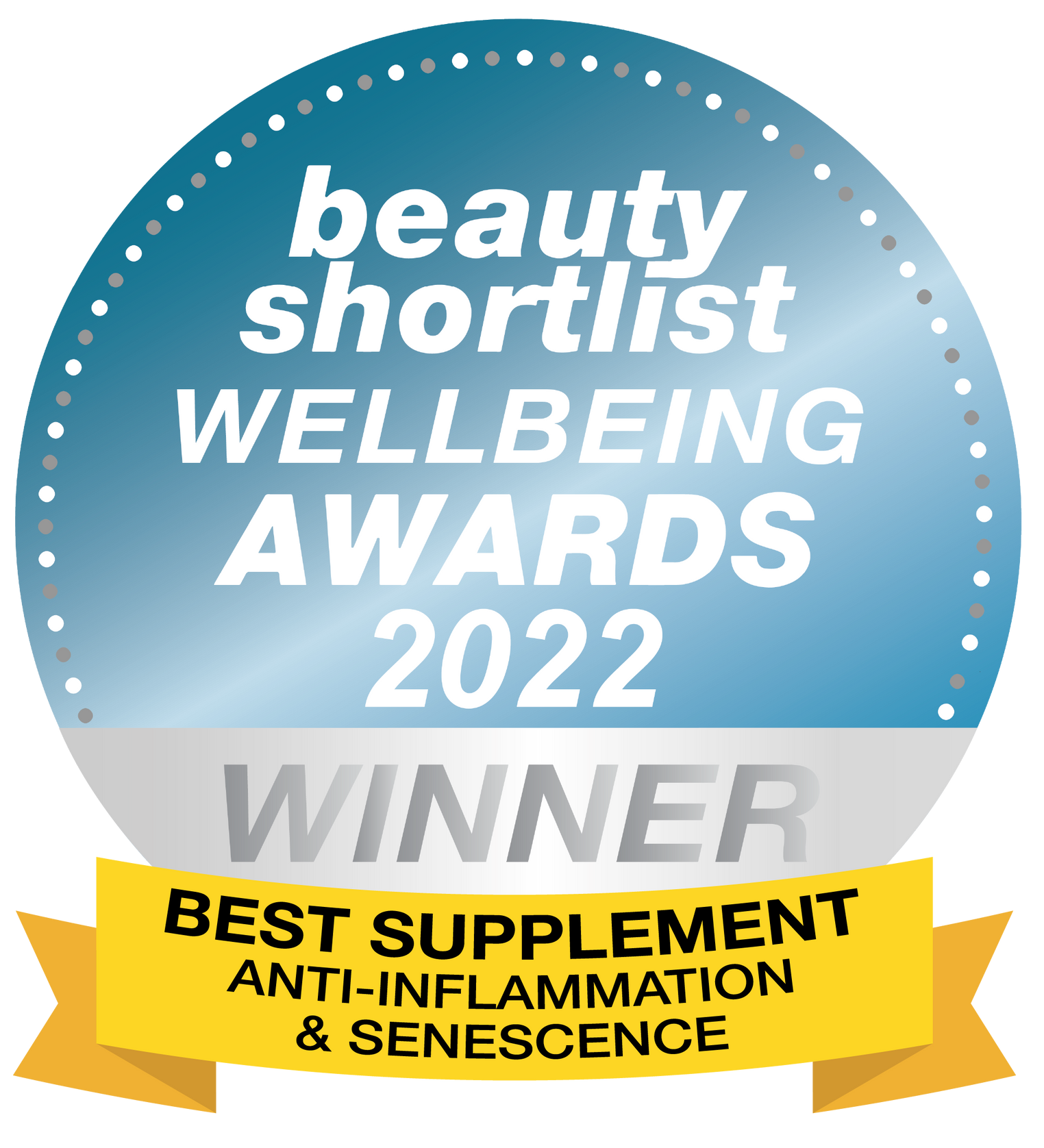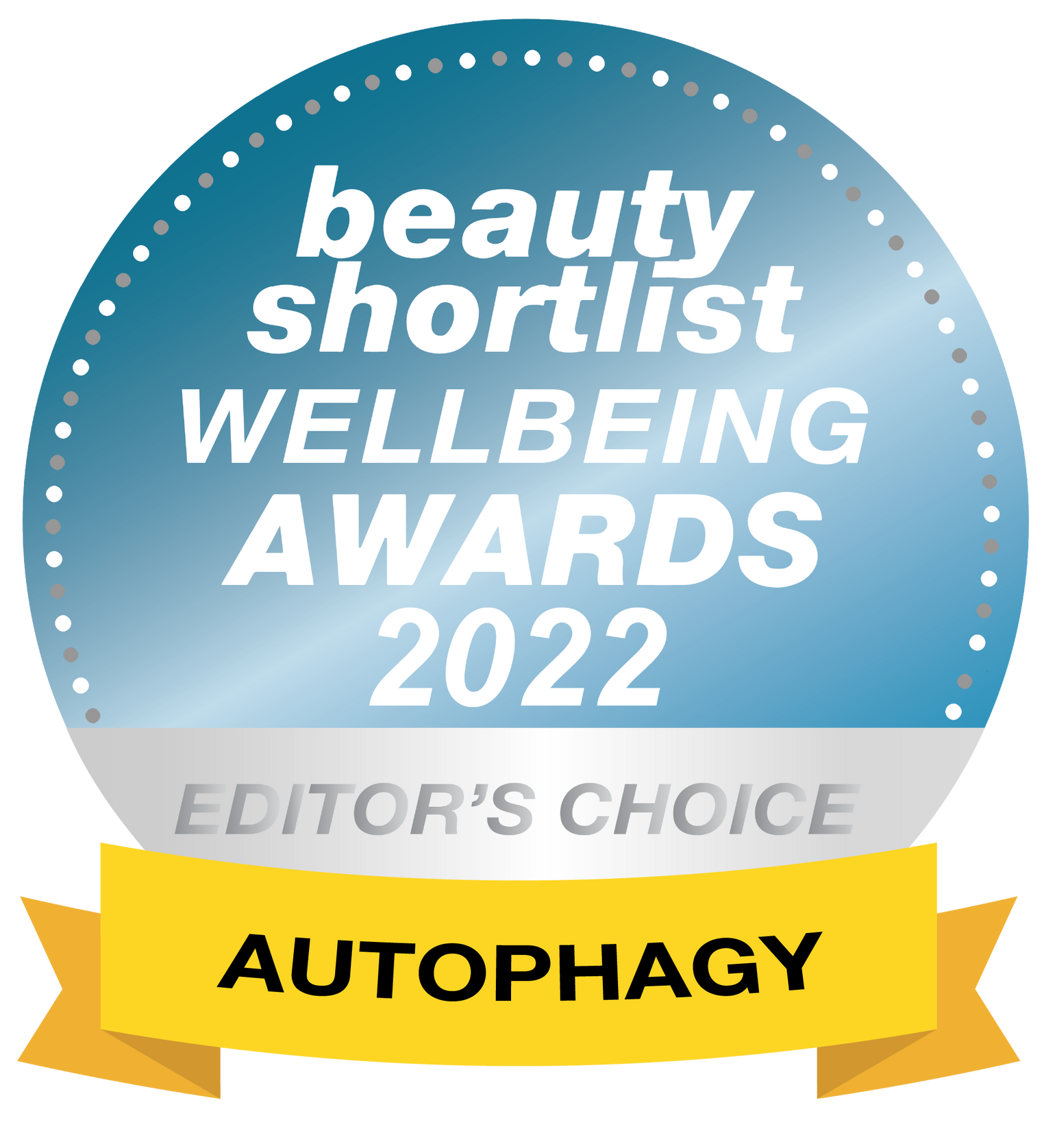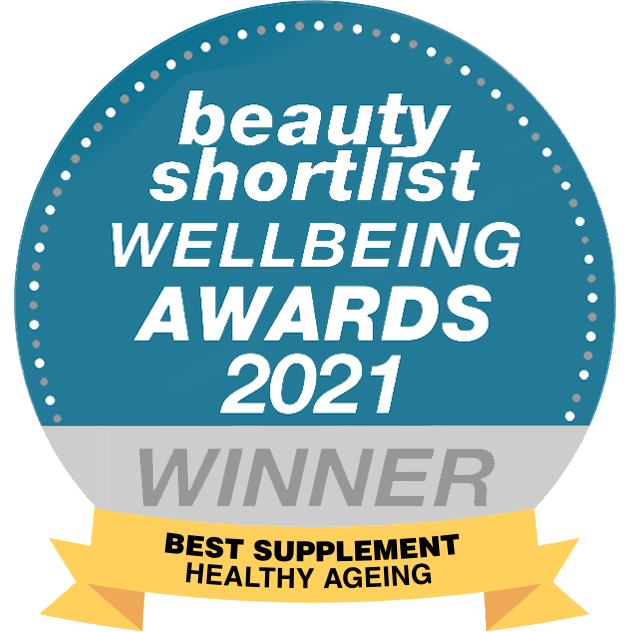One of the main hallmarks of aging is increased cellular senescence - these are cells that have reached the end of their lifespan but don’t die. They are living “dead” cells. Find out how zombie cells and aging are inter-related plus what you can do about them.

Did you know that the cells in our bodies have a lifecycle? They divide and multiply until they reach a stage known as the Hayflick limit where they eventually die and are recycled by the body. This is known as apoptosis and researchers have found that the average human cell divides and multiplies about 40-60 times before this happens.
However, not all cells follow this natural path. Some go off tangent where, instead of dying, they transform into zombie cells — cells that don’t die. In this article, we shall look at how that happens, the implication of having these toxic cells influencing your system, and some natural substances that may help remove these zombie cells from your system.
What are Zombie cells?
In short, zombie cells are cells that have reached the end of their lifespan but don’t die. They no longer perform the cellular functions that they are supposed to and don’t multiply or divide.
As we age, our body cells experience cellular damage from all sorts of factors and we accumulate damaged cells. Eventually, these damaged cells enter into a phase known as cellular senescence that prevents the damaged DNA from being reproduced and is a safeguard from cancer. During senescence, the cells stop multiplying and dividing and no longer perform the functions that they were supposed to perform like repairing and maintaining tissues. In a way, they become “aged” or “retired” cells.
Unfortunately, these aging cells start to emit a toxic mix of chemical signals which may cause healthy and active cells in the area to become senescent as well. Senescent cells are thought to be at the center of the aging process. They are also associated with increased inflammation and the risk of developing chronic diseases like cancer among other organ and age-related dysfunctions.
The video below from the Mayo Clinic gives a brief summary of the theory behind senescent cells and why researchers are looking into ways to use them therapeutically.
Several factors are thought to cause cellular senescence: DNA damage, chronic inflammation, decreased sirtuin levels, oxidative stress, nutrient signaling dysfunction, mitochondrial damage, and telomere erosion. Currently, the erosion of telomeres is thought to be the most common cause of cell aging.
What are telomeres?
Telomeres are non-coding parts of DNA located at the end of DNA strands. They are a bit like the plastic caps on the end of a shoelace that prevents the lace from unraveling. Their main work is to protect the tips of the DNA strands from splitting and unraveling, thereby preventing DNA damage. Unfortunately, when adult cells divide, they lack a complex called telomerase that protects the telomeres from shortening. After each cell division, the telomeres become shorter and shorter and greater damage occurs to the DNA resulting in either cellular death or senescence.
As we age, we experience an increase in telomere shortening and senescence, which is why shortened telomeres and an increased number of zombie cells are two of the hallmarks signs of aging.

What do zombie cells do?
Senescent cells were originally found to be a defense mechanism that prevents damaged cells from replicating and turning into tumors. However, researchers have also found that these cells secrete a cocktail of defensive chemicals that shield them from programmed cell death or cell suicide. These secretions all fall under an umbrella known as Senescence-Associated Secretory Phenotypes (SASP) and includes cytokines, chemokines, immune modulators, and other destructive chemicals that signal to the immune system that these damaged cells need to be removed.
But, as we get older the mechanism that removes these destructive cells doesn’t work as well which is why they begin to accumulate in the body. Interestingly, these secretions can influence other healthy cells and cause them to become zombie cells as well. The accumulation of SASPs and zombie cells triggers chronic inflammation and is thought to be at the center of many conditions such as Alzheimer’s disease, cancers, and the deterioration that comes with age.
How do I get rid of zombie cells?
The human immune system is naturally designed to identify and get rid of these cells. One of the ways to slow cellular senescence is to support your immune system and to take substances that are designed to target zombie cells.
As we age, the immune system tends to deteriorate. Zombie cells quickly take advantage of the situation and accumulate in different organs and tissues, increasing inflammation and causing damage to our bodies.
Ironically, a weak immune system causes senescent cells to accumulate and these zombie cells further weaken the immune system. This forms a vicious cycle in the body of increased senescent cells and a weakened immune system.
But, the good news is that all is not lost, and the situation can be remedied. Scientists have found and developed certain drugs — called senolytics — that only kill these zombie cells. And, further good news, there are a few senolytics that are natural products that are readily available.

What natural anti-aging senolytics are there?
Research is currently underway to find naturally occurring senolytics as well as drugs that can selectively target senolytic cells. Researchers have identified a number of natural senolytics with varying degrees of effectiveness. These include quercetin, fisetin, piperlongumine (from long peppers), and a curcumin analog (a chemical that has a similar structure to curcumin). It’s important to note that more research still needs to be conducted in this area but the following natural compounds show potential and are readily available.
What is quercetin?
Quercetin is a pigment — known as a plant flavonoid — that’s found in onions, berries, apples, green tea, red wine, Gingko Biloba, buckwheat tea, and St John’s wort. It is a powerful antioxidant and has anti-inflammatory effects that may help with conditions such as heart disease, arthritis, and diabetes. It’s also a mild senolytic. Interestingly, researchers found that the senolytic activity of quercetin seems to be conducted through the AMPK longevity pathway. Quercetin also helps boost NAD+ levels that help sirtuins (the group of proteins that perform many functions, including regulating cell death).
To find out more about the AMPK longevity pathway, read What is AMPK? How Does It Influence Aging?
Our product PRESERVAGE contains trans-resveratrol, curcumin, quercetin, and Bioperine — all molecules that are designed to activate sirtuins and slow cell senescence.
What is fisetin?
First and foremost, fisetin is a polyphenol. This means it is packed with potential health benefits including powerful antioxidative and anti-inflammatory properties. Polyphenols are capable of countering neurodegenerative diseases, diabetes, cardiovascular diseases among other curative benefits.
To find out more about polyphenols, read Why Polyphenols Are Good for You
Fisetin is a flavonoid. This group of polyphenols is known to inhibit the oxidation process of low lipoproteins thereby minimizing the risk of atherosclerosis and cardiac-related diseases.
Fisetin and longevity
Although clinical studies are still ongoing, this naturally-occurring molecule shows great potential to help slow aging and extend our life and healthspan.
Fisetin has been shown to inhibit NF-kB— the longevity pathway that triggers inflammation. It also blocks MTOR, another longevity pathway that needs to be kept in balance to live a long, healthy life. In cell-based preclinical studies, fisetin showed promising results in tackling Alzheimer’s. It was seen to reduce amyloid-beta, the peptides that form the main component of amyloid plaques in the brains of Alzheimer’s patients.
Fisetin is a powerful antioxidant that works directly and indirectly through the activation of another antioxidant known as glutathione which is a master detoxifier in our bodies. Many chronic health conditions are associated with a build-up of toxins in the body. Glutathione helps support the detox system which is crucial for good health. To find out more about glutathione, read What is Glutathione and Why Is It Anti-Aging?
Our liposomal glutathione supplement has been specifically designed to help your body to protect and support cellular function.
Fisetin and senescent cells
Several studies have been done to investigate the potency of fisetin in weeding out senescent or zombie cells.
In a September 2018 study, fisetin was found to be effective in reducing senescent markers. In the same study, it was revealed that the flavonoid also enhanced both the healthspan and lifespan of subjects. While fisetin has not been trialed in humans, the biochemistry of mice is the closest to that of humans, and the chance of fisetin working in humans is therefore high.
Just to show how effective fisetin is, the study proved that high fisetin doses administered over a couple of days were able to rid tissues and organs of approximately 25-35% of the zombie cells accumulated in different organs.
In another study, published in the National Center for Biotechnology Information (NCBI), it was revealed that fisetin causes apoptosis (cellular death). It achieves this by targeting different kinds of zombie cells, amongst them endothelial cells. At the time of this writing, human studies involving fisetin are still ongoing but this molecule shows great potential.

What foods are high in fisetin?
Fisetin is a plant-based micronutrient found in a variety of foods almost all of which are readily available in day-to-day diets. It’s also available in supplement form.
Here are some of the common sources to look out for and to include as part of your healthy diet and lifestyle.
How much fisetin should I take?
To get the same quantity of fisetin that was used in the animal study above, you will need to eat about 37 strawberries a day. Although fisetin is available in supplement form, there is not enough clinical evidence to give a recommended dosage. If you want to use a supplement, it’s best to follow the directions on the label.
It’s always best to check with your health physician before starting any new supplement. If you are on chronic medication, do not adjust the dosage yourself — always work with your doctor so that he or she can monitor your progress.

Is fisetin safe to take?
The safest way to take fisetin is to include more foods that naturally contain this molecule as part of your healthy diet and lifestyle. Whip up a strawberry smoothie and follow the old adage, “An apple a day keeps the doctor away!” Although fisetin is available in supplement form, no clinical studies have been done yet that give a clear indication of safe levels. It’s always best to follow the directions and consult your healthcare practitioner.
Conclusion
Our bodies are incredibly designed and, as we learn more about the science of aging, we can equip ourselves with the tools and knowledge to help us live healthy and happy lives for much longer.
Most of these tools are quite simple: eat a healthy diet (include more fisetin-rich foods), increase your levels of activity and exercise, make sure you get enough sleep, learn how to manage stress, and supplement with natural products that are designed to support your body as it ages and tackle age at a cellular level.
It’s never too late to make a change for the good.
"It's a mistake to regard age as a downhill grade toward dissolution. The reverse is true. As one grows older, one climbs with surprising strides."
- George Sand - French novelist
The content of this article is for informational purposes only. It’s not intended to be a substitute for professional medical advice, diagnosis, or treatment. Always seek the advice of your physician or health provider before starting a new health regime or program. Do not ignore medical advice or delay seeking it because of something you’ve read on this site or any Youth & Earth product.














